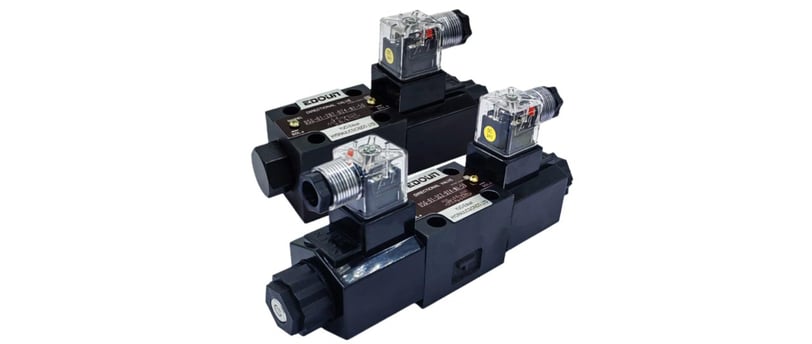Hydraulic Directional Control Valves: The Heart of Your Hydraulic System
11/4/20242 min read


Introduction to Hydraulic Directional Control Valves
Hydraulic directional control valves are essential components in hydraulic systems. They play a crucial role in directing the flow of hydraulic fluid to different parts of the system, ensuring that machinery operates efficiently and effectively. These valves are designed to control the direction of the hydraulic fluid under pressure, making them vital for the proper functioning of various applications in industries such as construction, agriculture, and manufacturing.
How Do Hydraulic Directional Control Valves Work?
The operation of hydraulic directional control valves is based on mechanical design and principles of fluid dynamics. When hydraulic fluid is pumped into the valve, it moves through passages and ports that lead to the desired component, whether it be a cylinder, motor, or actuator. By adjusting the position of the valve's spool, the operator can control the direction of the flow, thus dictating the movement of the equipment attached to the hydraulic system.
These valves can be operated manually, electrically, or hydraulically, depending on the complexity of the machinery. For example, in an excavator, hydraulic directional control valves allow the operator to control the movement of the boom and bucket, facilitating various digging, lifting, and loading operations.
Types of Hydraulic Directional Control Valves
There are several types of hydraulic directional control valves, each serving different functions and applications. The most common types include:
- 2/2 Valves: These valves have two ports and two positions, allowing them to control flow to a single component.
- 4/2 Valves: Commonly used in double-acting cylinders, these valves have four ports and two positions, offering more versatile control.
- 4/3 Valves: These are similar to 4/2 valves but have three positions, allowing for neutral operation, which is useful for maintaining stability in hydraulic systems.
Understanding the different types of hydraulic directional control valves is crucial when designing or maintaining a hydraulic system. Choosing the right valve can significantly improve the performance and reliability of the equipment.
Importance of Regular Maintenance
Like all mechanical components, hydraulic directional control valves require regular maintenance to function optimally. Common issues such as leaks, sticking spools, or wear and tear can lead to inefficient operation or system failures. Regular inspections and maintenance can help identify potential problems early, ensuring that the hydraulic system remains reliable and efficient.
In conclusion, hydraulic directional control valves are indeed the heart of your hydraulic system. Their ability to manage fluid flow makes them indispensable in various applications. By understanding how these valves operate and their importance in fluid dynamics, operators can ensure that their machinery performs at its best, thereby enhancing productivity and reducing downtime.
